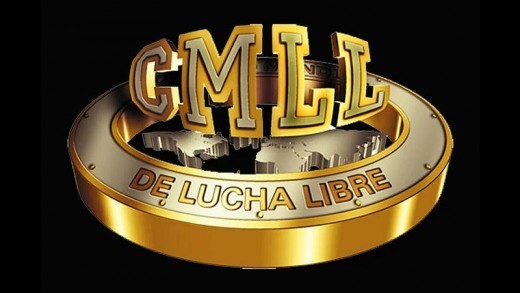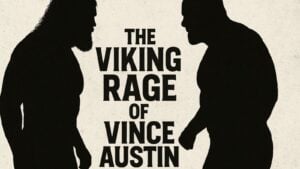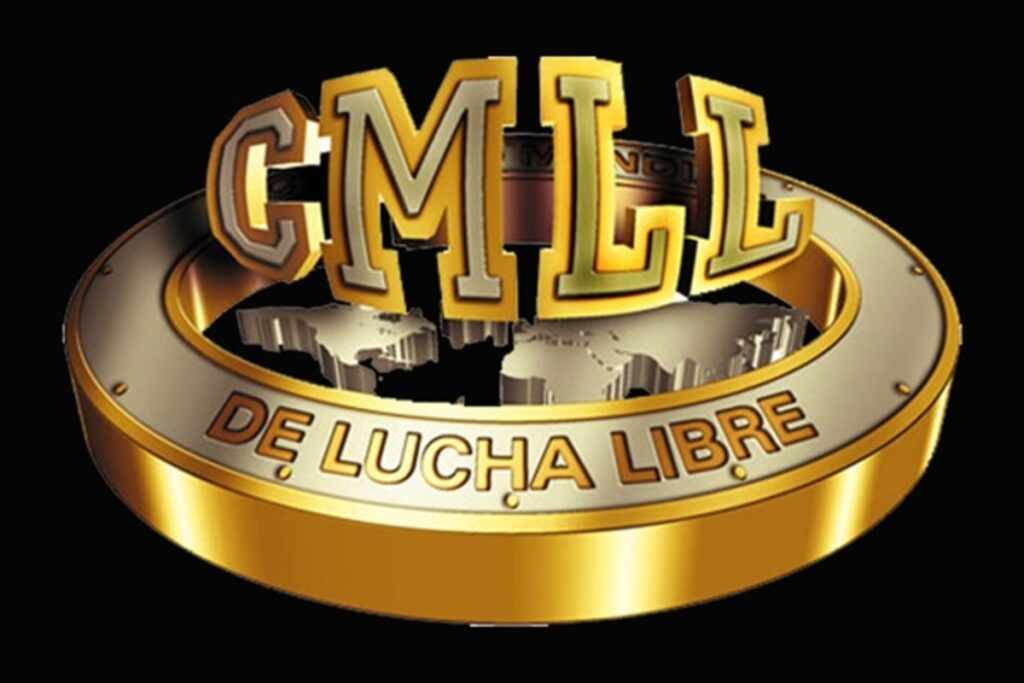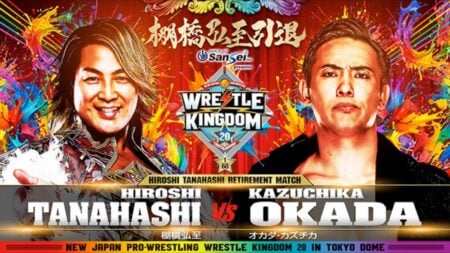Consejo Mundial de Lucha Libre (CMLL) first started in 1933 and has been running ever since. It has lasted over 84 years and was the first really national Lucha Libre company that was promoted on a national company level, although it started out struggling. It was helped by Salvador Lutteroth. CMLL was first promoted as EMLL.
From the early beginnings, the rest of the 30s was spent growing the company. During the 40s, the company began to make more money and break ground on one of the most famous arenas.

Consejo Mundial de Lucha Libre – The Birth of Lucha Libre
In addition to developing their greatest match stipulation as well as discovering the man who would become one of their biggest stars. Ciclón Mackey pioneered the masked luchador in Mexico by becoming La Maravilla Enmascarada, and then Lutteroth began searching for more talent to put under masks.
Only two Mexican performers bit; El Enmascarado and Jesús Velázquez. A policeman in his spare time, Velázquez became an instant superstar for EMLL when he debuted as El Murciélago Enmascarado (The Masked Bat) in 1938, thanks to a brutal match against Merced Gomez.
The legend is that Velázquez kicked Gomez so hard in the head that he wound up dislodging Gomez’s eyeball, drawing audible gasps from the Arena Modelo crowd. Naturally, it was all an act; Gomez had lost his eye years before and was using a glass eye in order to make fans believe what Velázquez did was real. It worked; El Murciélago Enmascarado quickly became Lutteroth’s most hated villain following the event, and he didn’t slow down from there.
Consejo Mundial de Lucha Libre
Not only did Velázquez continue to be as ruthless a rudo as he could be in the ring, but he became one of the first luchadors to use theatrics before, during, and after the match. In particular, Velázquez’ entrance as El Murciélago Enmascarado became the stuff of legend; he would walk down dressed in all black, clad in black leather, hooded vest.
That was cool enough by itself, so naturally, it got even cooler when Velázquez would occasionally hide bats under his vest, releasing them as he made his entrance. If Ciclón Mackey’s La Maravilla Enmascarada was lucha libre’s first true superhero, then Velázquez’s El Murciélago Enmascarado was its first supervillain.
In 1940 Lutteroth found his hero to go up against his supervillain. Octavio Gaona. Gaona was the real deal, and his straight-laced, mat-based style/persona made him the perfect opposite for a ruthless brawler like Velázquez.
As such, the two began what many consider to be the first great rivalry in lucha libre history. They were taking part in several violent encounters where Gaona’s mat-based style was thrown to the wolves after Velázquez forced the technical to play by his rules.
It seemed like the heated feud peaked when Velázquez scored a major victory over Gaona in a violent super libre match, a one-fall match fought under street fight rules. However, Gaona wasn’t done; he had come to loathe Velázquez so much that he issued one last challenge for a match.
Not Just Any Match
However, not just any match; Gaona wanted a match where if he beat Velázquez, the rudo would be forced to unmask and show his face to the world. Velázquez agreed on the condition that if Gaona lost, then Velázquez would be allowed to shave the technico’s head.
And just like that, the concept of the Lucha de Apuesta match, or bet match, was born. There had been instances of unmaskings in the United States prior to the Velázquez-Gaona feud, most famously in 1926. However, nothing of this sort had happened in Mexico since Lutteroth had introduced the masks years earlier.
During the 1950s and 1960s
In the ’50s, EMLL was closer to success than ever. They even managed to get another Arena built. The company would be successful during the ’60s, although the ’70s would be rockier. It was only in 1992 that EMLL changed its name to CMLL.
The change was beginning back in 1988, however, with the end of an arrangement with the NWA. It was this change that leads to them deciding to re-brand the company, and that is how EMLL became CMLL. Empresa Mexicana de Lucha Libre became Consejo Mundial de Lucha Libre (The World Wrestling Council) in 1991.
This was also the time that they began to work with Vampiro. In the 2000s, the company also began to work with Mistico. Mistico was destined to dominate CMLL. The last few years have supposedly been harder to manage for CMLL. But I still very much personally enjoy their shows.
 Originally written by Alicia Pearson.
Originally written by Alicia Pearson.







